Existing for more than two thousand years, the art of arabic calligraphy remains as vibrant and admired as ever. The artistic ornamentation of the written texts pushes the reader to go beyond just understanding the meaning of the words and to appreciate the beauty in the way the message is expressed.
Originally a tool for communication, this artistic creation developed to include a variety of forms of human expression, which includes traditional, modern and abstract art pieces.
This long history led to its recognition as a unique artistic and culture that reflects rich aspects of Arab and Islamic cultural identity.
Dr. Nahla Emam, professor of Egyptian Folklore traditions and head of Habits, Beliefs and Traditional Knowledge Department at the High Institute of Folklore, was nominated by the Minister of Culture Inas Abdul Dayem as an expert representative of Egypt’s file to prepare the new joint Arab file “Arts of Arabic Calligraphy: Skills, Knowledge and Practices” as part of the initiative to register Arabic calligraphy as UNESCO intangible heritage.
Last week, sixteen Arab countries, including Egypt, participated in a workshop and coordination meeting headed by Saudi Arabia in Riyadh, where each country was tasked to present and review its own file and identify the shared cultural practices in calligraphy.
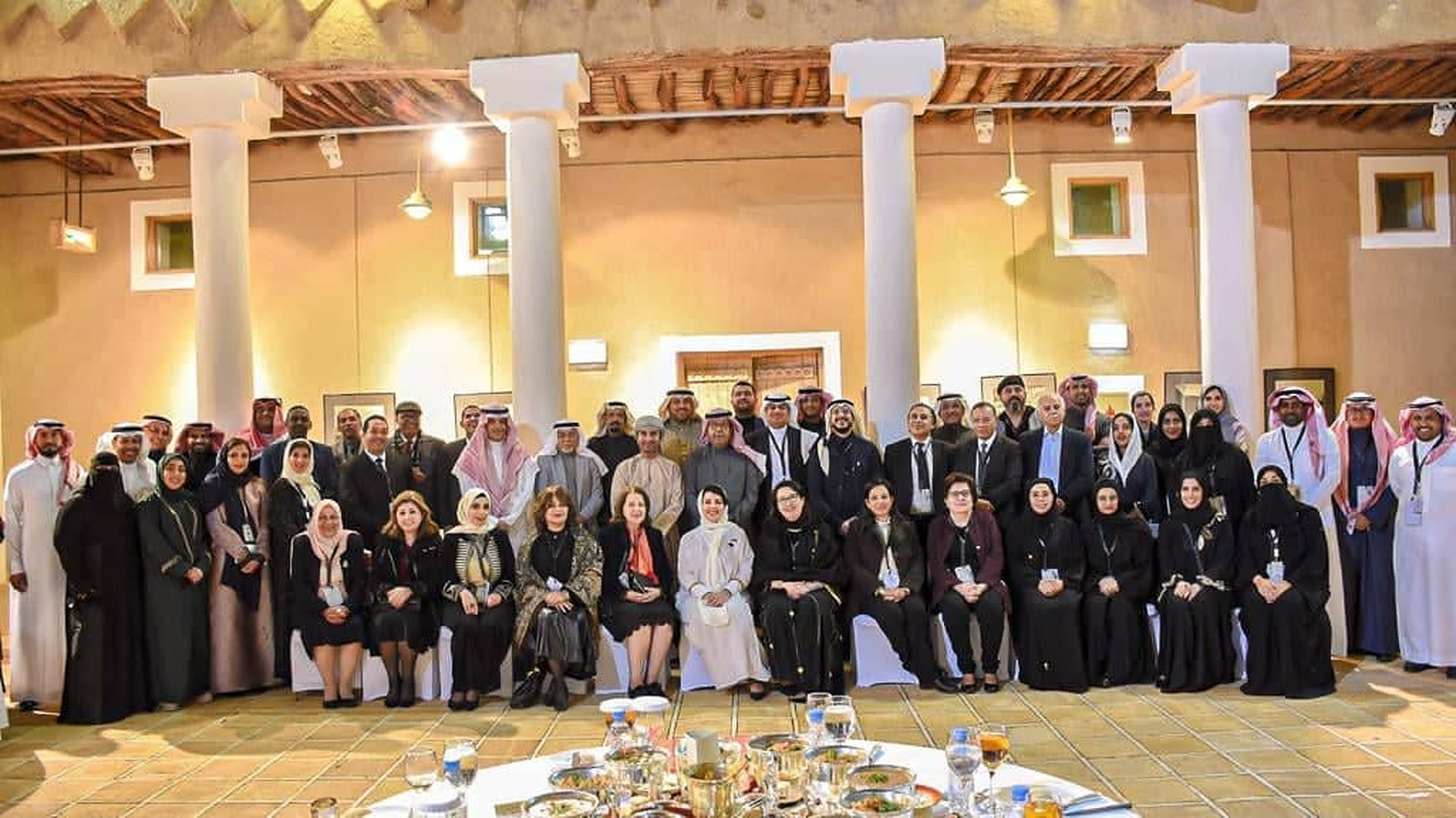
“I prepared and reviewed Egypt’s file with researches from the Egyptian archive of folk traditions, the Egyptian Society for Folk traditions, and the Arabic Calligraphy Association, which will be finalized once again before it will be sent and presented in full to UNESCO in March to be evaluated,” Dr. Nahla Emam tells Egyptian Streets.
“This art is practiced by both women and men across all ages in many different fields, whether in decoration, architecture, crafts, and even contemporary paintings using environmental and organic materials from their surroundings. Essentially, it is not just a handwritten text, but a world of art that transmits beauty and people’s cultural traditions, ” Dr. Emam adds.
Throughout her research and meetings with people who are learning this form of art, Dr. Emam recounts feeling the presence of a unique positive energy among the artists that is free from any kind of competition.
In Egypt, Dr. Emam encountered artist Khodeir ElBor Saeedi, who runs a museum with around 15,000 portraits in Jamalia street in Cairo, which is one of the most important commercial and cultural quarters in Egypt.
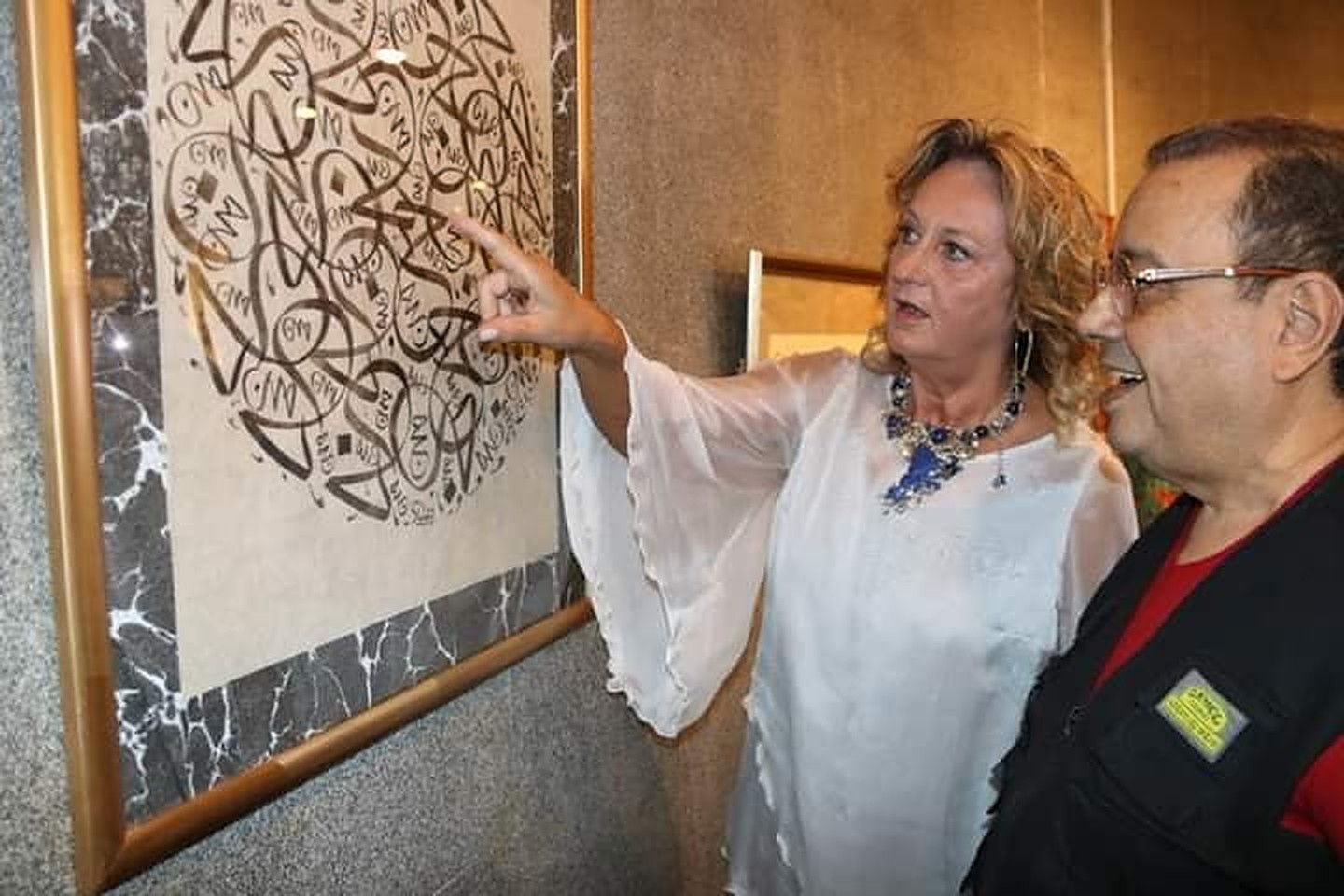
“Though modern internet culture and technological developments seem to have devalued handwritten work, Arabic calligraphy remains to be practiced by a dozen of artists and respected by many. It is also used in many churches, not just mosques, and intertwines with various art works,” Dr. Eman notes.
This is the second joint Arab file with Egypt’s participation, which succeeded in registering the palm tree on UNESCO’s lists of Intangible Cultural Heritage alongside 14 other Arab countries.
Previously, Egypt succeeded in registering the ‘Arragoz’ puppet shows and Tahtib – a traditional stick-fighting martial art practiced in Egypt.
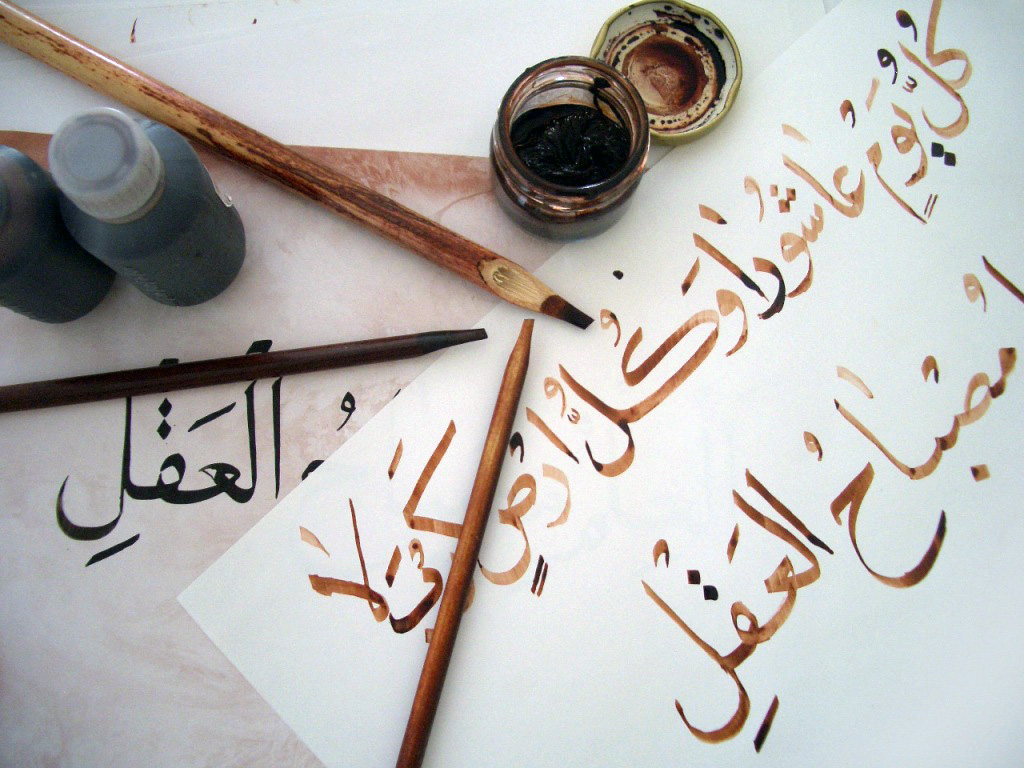


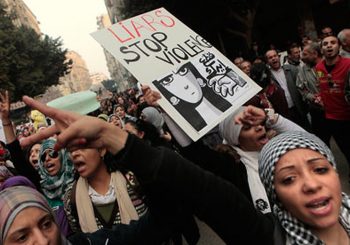
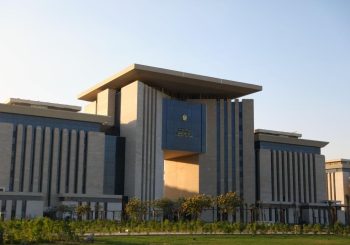
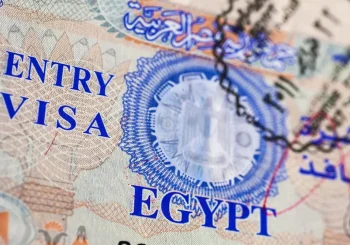
Comments (0)